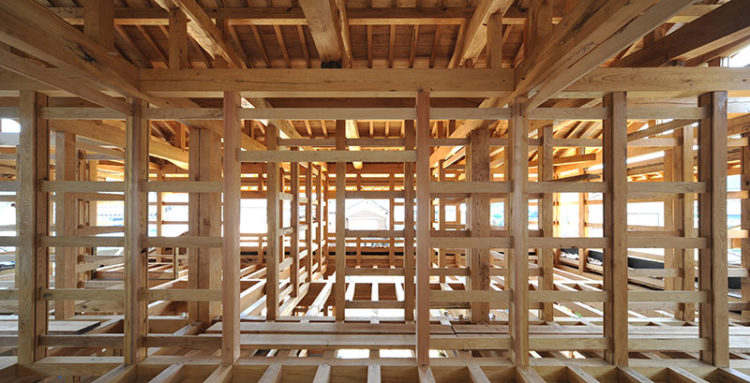By Gina Chamberlain, RCAC rural development specialist
When COVID-19 started, we were all uncertain how long it would last and what its impacts would be. We are 18-months into COVID-19, and we are still uncertain, but learning. One thing we have learned is that a self-help build is already a huge commitment for owner builders and the pandemic has continually added many more challenges. Most builds take longer due to fewer volunteers, delays in materials and subcontractors, and shutdowns or quarantines of owner builders.
Many grantees are nearing the end of builds that have been entirely constructed during the pandemic and they are finding it more challenging than normal to motivate owner builders to get the last 20 percent of the build completed. Lack of motivation and higher levels of frustration are affecting several builds, which could be just human nature after working together on a self-help build for several months but the pandemic has definitely contributed to this challenge. Collectively, we are all tired of the pandemic and many owner builders are also juggling home schooling, changes in work, stress, illness, and precautions around COVID-19. Owner builders have all the pandemic stresses in addition to the long hours, increased costs and the normal frustrations of working side-by-side with other families to build their self-help homes.
I’m not offering any perfect solutions, except additional patience and an extra dose of “we are all in this together.” Below are some ideas that I have heard from construction supervisors and, if you have more suggestions, please share them with your T&MA contractor so they can share with other grantees.
- For those who like to “Google” things, it helps to explain why the task is important and how it fits into the bigger picture.
- Create short term goals and hold small celebrations.
- Avoid the “us and them” pitfalls because we all need each other.
- Talk with other construction supervisors for ideas and work through frustrations and challenges.
- Embrace the humor and successes.
- Encourage patience among owner builders, as we all have additional stress and have good and bad days.
One of the skills that continues to amaze me is the construction supervisor’s ability to get to know the individual owner builders. This includes finding and celebrating their owner builders’ skills with them, which might include creating titles for each owner builder, such as the caulk artist, the measure twice and cut once award and the Michelangelo of painters. Construction supervisors can also figure out how to appropriately joke around. I personally love to laugh at myself and my mistakes, but it is the skilled supervisor who knows when and how to laugh with a person and not at them. Often the construction supervisor can lead by example and laugh at their own mistakes when appropriate. When laughing isn’t appropriate they can offer an encouraging word instead.
During these longer builds and additional challenges, all staff working on self-help builds can help with some additional motivation. Construction supervisors and/or self-help staff can coordinate a cookout at the end of a long Saturday build, bring a box of ice cream bars when visiting the job site on a particularly hot day or create visual charts and graphics to demonstrate the build goals and accomplishments. Motivation can also come in the form of envisioning the end of the build. For example, the group can set the goal of completing by Thanksgiving or Christmas so owner builders can host their family and friends in their new home. The full self-help team needs to support each other as this year has changed all our jobs in many ways.
We can also think about the actual work and provide praise or small reward/prizes to those who take on the unpleasant tasks that allow all the homes to move forward. In these times of delays due to shortages in materials or subcontracts, construction supervisors can plan to keep owner builders doing meaningful but fill-in work, which typically would be completed later in the build. Then if everything possible has been done on the homes, there can be a temporary reduction in the required hours until the delays are resolved with materials or subcontractors. If during the build there is a temporary reduction in hours, the supervisor needs to consider the balance between completing the build as quickly as possible for the owner builders and for the grant goals, and also maintaining some flexibility if there really isn’t any meaningful work because of the building material delays.
While doing several in-person site visits at summer quarterly meetings, I got to see several homes nearing completion that were only bare land the last time I was there in-person. It was easy for me to see how much work was accomplished these past 18 months, so step back from time to time and remember what you and the owner builders have accomplished during a pandemic and the roller coaster of construction costs. Hang in there and share your tricks for motivation and remember it is human nature to be tired and at times irritable and frustrated. Take a deep breath and continue your good work: creating affordable housing.

